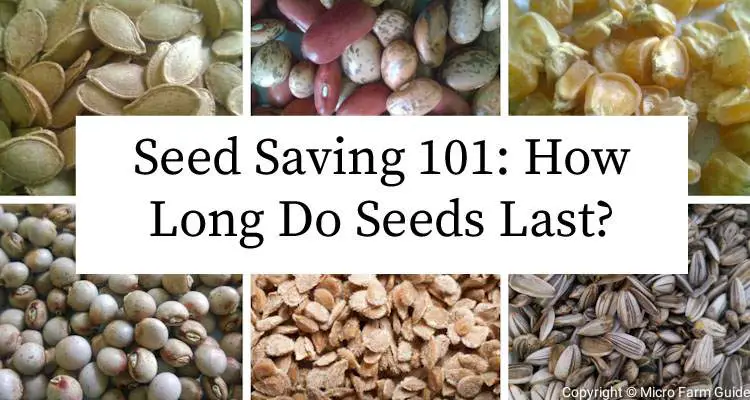Have you ever heard about the date palm trees that grew from 2000-year-old seeds found in the Judean desert?
Of course, these extraordinary results are not typical!
In fact, most seeds generally last between 3 to 5 years. Still, under ideal conditions, some seeds can remain viable for more than a century.
So, before you throw away your “expired” packets of seeds, you might want to read our suggestions below.
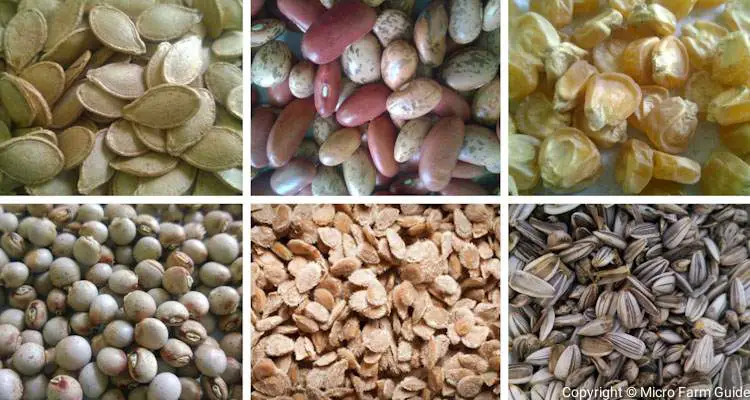
In this article, we’re going to explore the shelf-life of some common seeds, including tips on extending their lifespan and a simple test you can do to know if your seeds are still good.
So, without further delay, let’s dive right in to learn about the longevity of some popular plants.
Seed Longevity For Common Plants
Seed longevity refers to the seed’s total lifespan, the entire period a seed can retain its viability (ability to grow) even after dry storage.
For example, seeds such as beans can easily remain viable for several years. While others, like onion, are best used within a year of harvesting unless stored in ideal conditions.
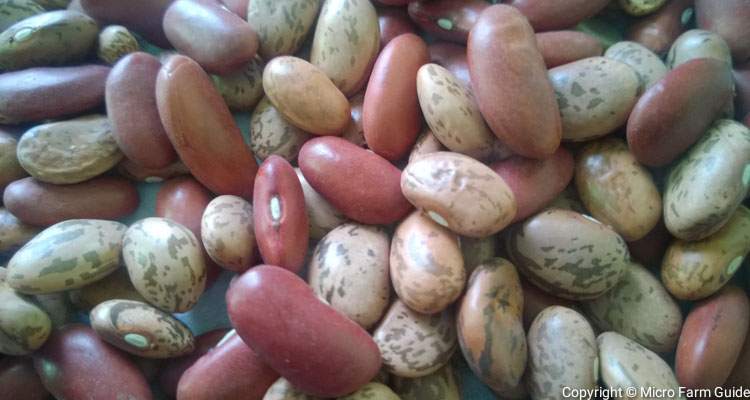
Now, instead of trying to explain each plant, here is the seed longevity information for some common vegetables and herbs.
| Vegetable Seeds | Longevity | Herb Seeds | Longevity |
| Beans | 2 – 3 Years | Basil | 4 – 5 Years |
| Beets | 3 – 5 Years | Chives | 1 – 3 Years |
| Cabbages | 3 – 5 Years | Cilantro | 2 – 4 Years |
| Carrot | 3 – 4 Years | Dill | 2 – 4 Years |
| Corn | 2 – 3 Years | Lemon Balm | 1 – 4 Years |
| Cucumber | 5 – 6 Years | Mint | 3 – 4 Years |
| Eggplant | 4 – 5 Years | Oregano | 3 – 4 Years |
| Lettuce | 1 – 5 Years | Parsley | 1 – 4 Years |
| Pepper | 2 – 4 Years | Rosemary | 1 – 4 Years |
| Pumpkin | 4 – 6 Years | Sage | 1 – 3 Years |
| Tomato | 4 – 7 Years | Thyme | 1 – 4 Years |
However, these are only general guidelines, and conservative ones at that.
From my experience, seeds can last much longer based on how you store them. With that said, let’s take a look at some:
Factors Affecting How Long Seeds Can Last
Many factors can influence how long seeds remain viable. These include the type of seed, storage temperature, and humidity.
Some seeds can naturally last for years, remaining dormant until conditions are right for growth. While others, like corn, may only retain its viability for a single season.
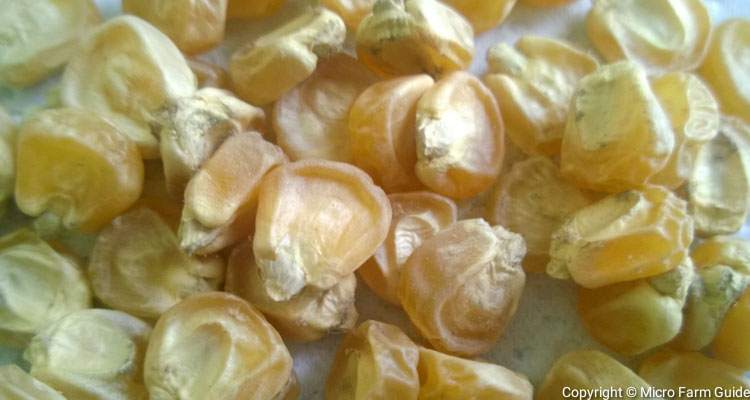
Of course, you can extend the shelf life of seeds by storing them under the right conditions, but the opposite is also true.
For example, you can extend the lifespan of seeds by keeping them around 40°F (4°C), which happens to be the temperature inside most refrigerators.
However, you can destroy these same seeds by leaving them on the countertop of a hot kitchen, over 90°F (32°C), all summer.
That said, moisture can also cause seeds to lose their viability. Remember, your seeds must be as dry as possible to remain dormant until you’re ready.
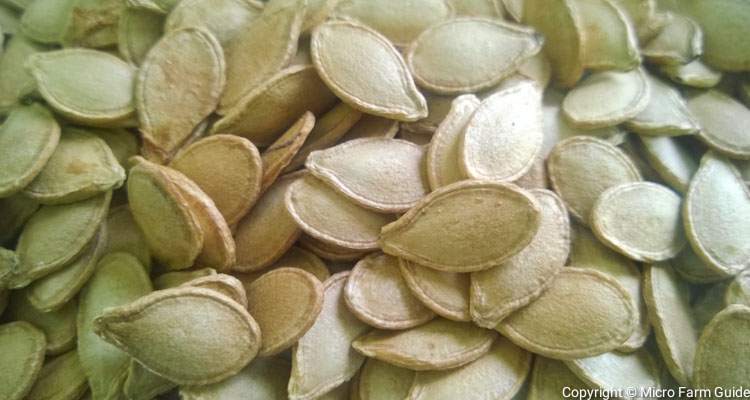
And while a bit of moisture may not be enough to cause the seeds to grow, it’s more than enough to encourage mold and other unwanted pests.
As a result, you will need to ensure that you store the seed properly, taking into consideration the factor above. That said, let’s take a look at some:
Proper Seed Storage Methods
Now that we know what affects a seed’s longevity let’s look at the best practices for storing them correctly.
1. Use Airtight Containers
Remember, moisture is no friend of seeds. So, you’ll need to store them in airtight containers such as glass jars and resealable plastic bags.
These containers keep moisture and pests out, while maintaining the dry conditions within.
Additionally, you can add a moisture-absorbing material like silica gel or ashes, which will keep them safe and dry.
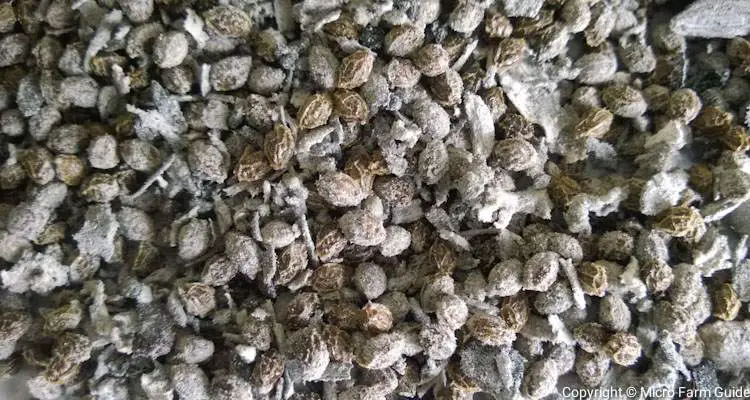
2. Maintain A Cool Temperature
As mentioned, you’ll need to store the seeds in a cool place, ideally around 40°F (4°C).
Avoid prolonged extreme or fluctuating temperatures if possible.
For example, 80°F is considered cool where I live, so we usually store seeds in the refrigerator to keep them safe.
3. Label Seed’s Storage Dates
Always label your container with the seed type and the date of storage. This will help you to keep track of your seeds and their freshness.
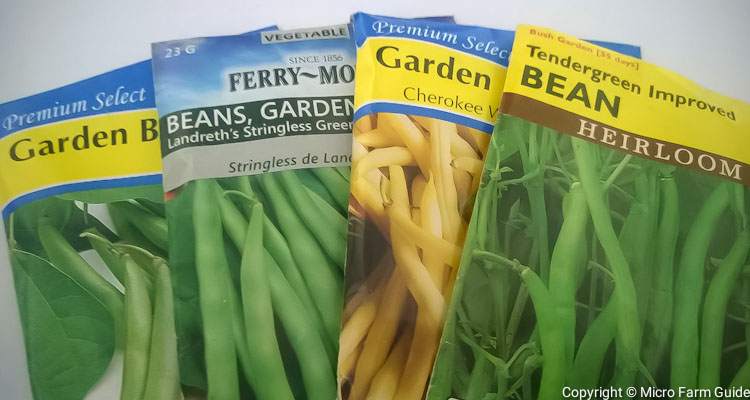
However, regardless of the storage method, you will occasionally need to do a germination test to confirm that the seeds are still good. Let’s take a look at how to perform this test.
How To Conduct A Seed Viability Test
Seed viability or germination test is any method used to determine whether seeds within a sample are alive or dead.
The simplest version of this test is the Paper Towel Method. To use this:
- Fold a sheet of paper tissue and place it into a small container covering the entire bottom.
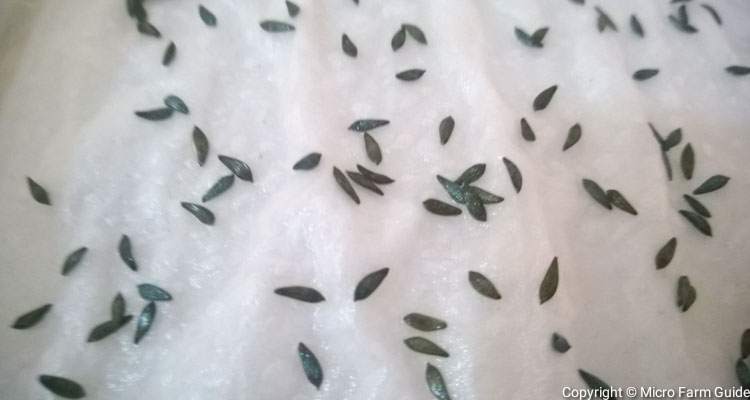
- Sprinkle some seeds onto the tissue. Space them evenly as much as possible to ensure they don’t stick together.
- Spray the seed-covered tissue with some water.
- Cover the container with the lid and place it in a warm area away from sunlight.
- Check for sprouts after a few days. You should notice a white root-like node emerging from the seed.
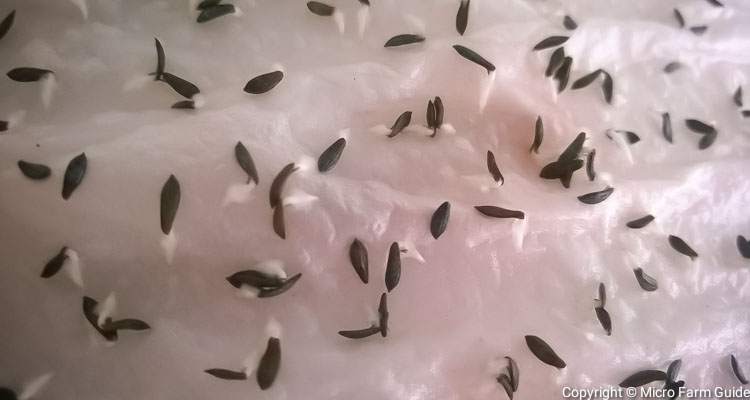
If at least half of the seeds in the sample sprout, then the seeds are considered viable.
However, if only a few or none of your seeds sprout, redo the test to confirm. And if they fail to germinate again, it’s time to replace them with fresh seeds.
3 Tips To Extend Seed’s Shelf Life
Before we wrap up, I’d like to share some seed-saving tips I learned over the years.
1. Use Dry Wood Ash
Use dry wood ash to dehydrate and prepare seeds for storage. Ashes help to keep fungus and ants away. It also helps to remove the growth-inhibiting layer from seeds such as papaya before preserving them.
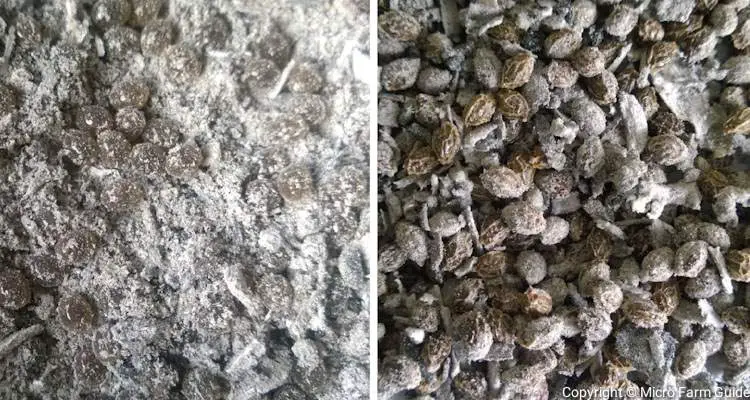
2. Store Seeds In Refrigerator
Store seeds in a refrigerator if you live in hot climates or experience extreme temperatures throughout the year. However, avoid constantly changing the storage temperature by removing and replacing the seeds from the fridge.
3. Inspect Seeds Often
Inspect seeds before placing them in storage and occasionally afterward. Look for any signs of damage, such as tiny holes or dust. A few worms can wipe out your entire seed collection.
Final Thoughts
I’m not saying you will master this in your first season. Some seeds will go bad, others might even sprout in storage — long story. It’s all part of the learning process.
Just remember, you can significantly increase the longevity of seeds by storing them under the correct condition.
So, while you may not be aiming to store seeds for 2,000 years, can you imagine what it would be like to pass special heirloom seeds onto future generations?
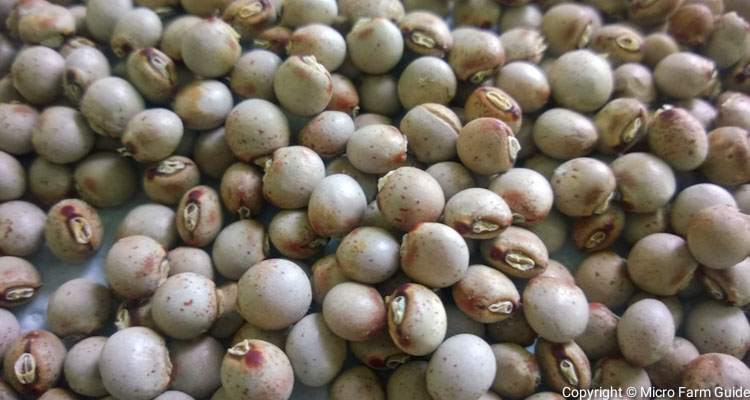
Remember, you can safely store seeds for quite a while. However, it’s a good practice to swap them out with fresh seeds ever so often.
If you’d like to learn more about gardening, including tips and tricks to aid your journey, visit our Gardening Page for more helpful information. Happy gardening!
Related Questions
1. Will 20 year old seeds grow?
Yes, they might! Seeds stored well can still sprout even after many years. However, you will need to conduct a viability test to confirm. You might be pleasantly surprised at the outcome.
2. What is the lifespan of a seed?
Most seeds last between 3 and 5 years, but some exceptional cases can reach over 100 years under ideal conditions.
3. How long will seeds last in packets?
When stored in their original packets in a cool, dry place, seeds can remain viable for several years beyond the printed expiry date. However, the exact time will vary.
4. How do you know if seeds are too old?
You’ll have to perform a germination test by placing a few seeds on a damp paper towel. If most of them don’t sprout after a few days, it’s time to replace them with fresh seeds.
References
Cornell Small Farms. How Long Do Seeds Last? smallfarms.cornell.edu. Accessed October 2023
Colorado State University. Storing Vegetable And Flower Seeds. extension.colostate.edu. Accessed October 2023
University Of Connecticut. How Long Do Seeds Last? (PDF) Accessed October 2023

